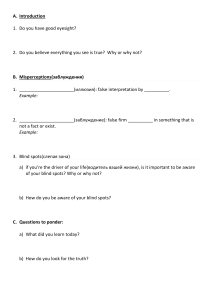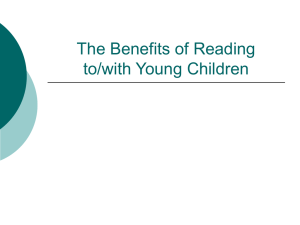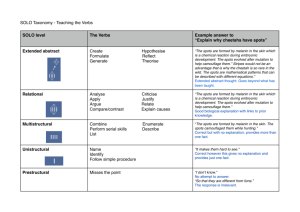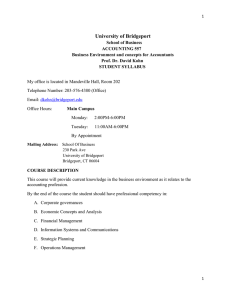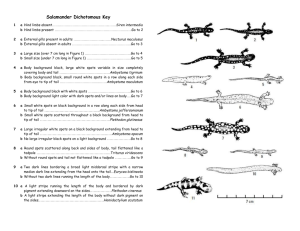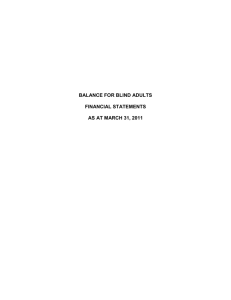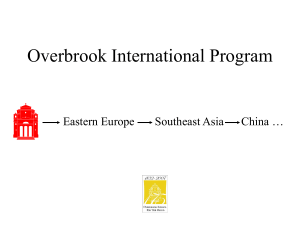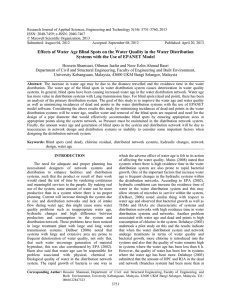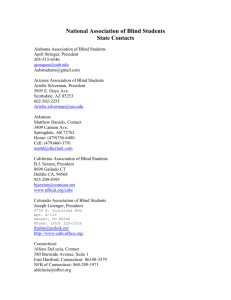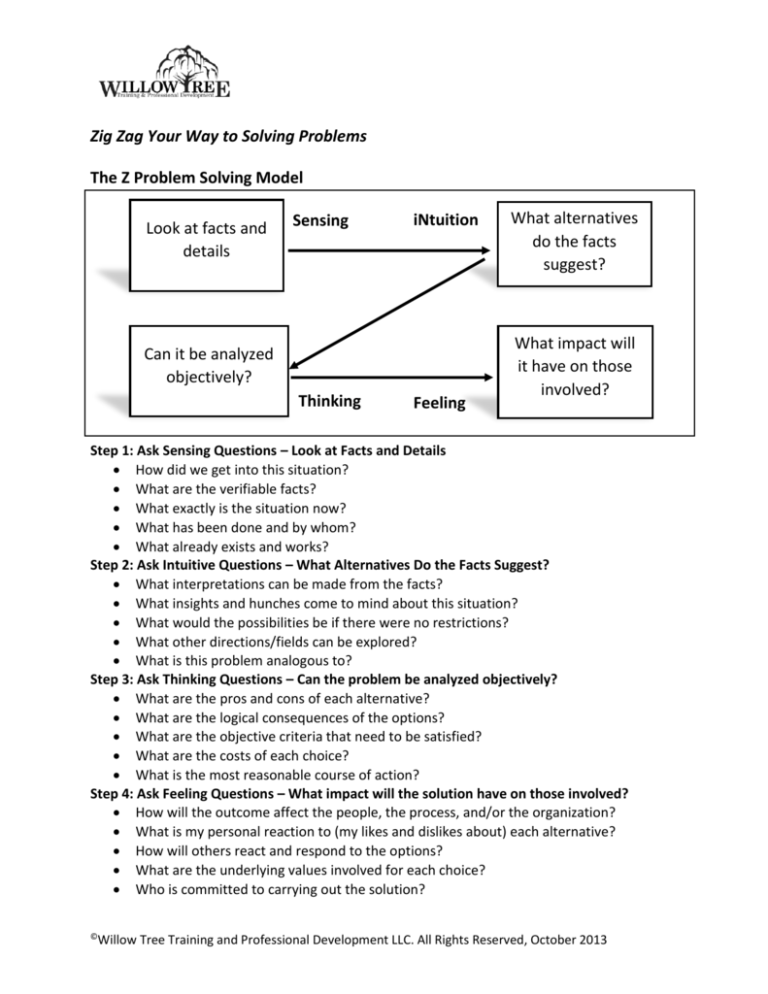
Zig Zag Your Way to Solving Problems
The Z Problem Solving Model
Look at facts and
details
Sensing
iNtuition
Can it be analyzed
objectively?
Thinking
Feeling
What alternatives
do the facts
suggest?
What impact will
it have on those
involved?
Step 1: Ask Sensing Questions – Look at Facts and Details
How did we get into this situation?
What are the verifiable facts?
What exactly is the situation now?
What has been done and by whom?
What already exists and works?
Step 2: Ask Intuitive Questions – What Alternatives Do the Facts Suggest?
What interpretations can be made from the facts?
What insights and hunches come to mind about this situation?
What would the possibilities be if there were no restrictions?
What other directions/fields can be explored?
What is this problem analogous to?
Step 3: Ask Thinking Questions – Can the problem be analyzed objectively?
What are the pros and cons of each alternative?
What are the logical consequences of the options?
What are the objective criteria that need to be satisfied?
What are the costs of each choice?
What is the most reasonable course of action?
Step 4: Ask Feeling Questions – What impact will the solution have on those involved?
How will the outcome affect the people, the process, and/or the organization?
What is my personal reaction to (my likes and dislikes about) each alternative?
How will others react and respond to the options?
What are the underlying values involved for each choice?
Who is committed to carrying out the solution?
©
Willow Tree Training and Professional Development LLC. All Rights Reserved, October 2013
Leadership Applications of Type
Problem-solving and decision-making
o Z Problem Solving Method
Team building
o Builds trust
o Fosters communication
o Decreases conflicts
o Allows for better role and project assignments
Communication
o Improves communication through clarity of intention vs. perception
o Teaches leaders to differentiate methods of communication
Motivators
o Shows leaders best ways to motivate employees
Seeing your blind spots
o Helps leaders to see their own blind spots and understand others’ blind spots
Stress management
o Teaches that stressors can be different for different types
o Explains how different types respond to stress
Conflict management
o Reduces conflict by fostering understanding between team members and leaders
o Teaches leaders how to handle conflict more constructively
Understanding leadership styles
o Shows leaders what their natural leadership strengths and blind spots are
o Can explain how that fits with their teams
Understanding teaching and learning preferences
o Explains that different types have different preferences for teaching and learning
o Can provide techniques for differentiation of instruction and study methods
For more information about personality type or other professional development trainings, contact:
Jane Turecky: jturecky@willowtreetraining.com / 919-475-3602
Kristin Kubly: kkubly@willowtreetraining.com / 919-630-1388
Or visit our Web Site at: www.willowtreetraining.com
©
Willow Tree Training and Professional Development LLC. All Rights Reserved, October 2013

